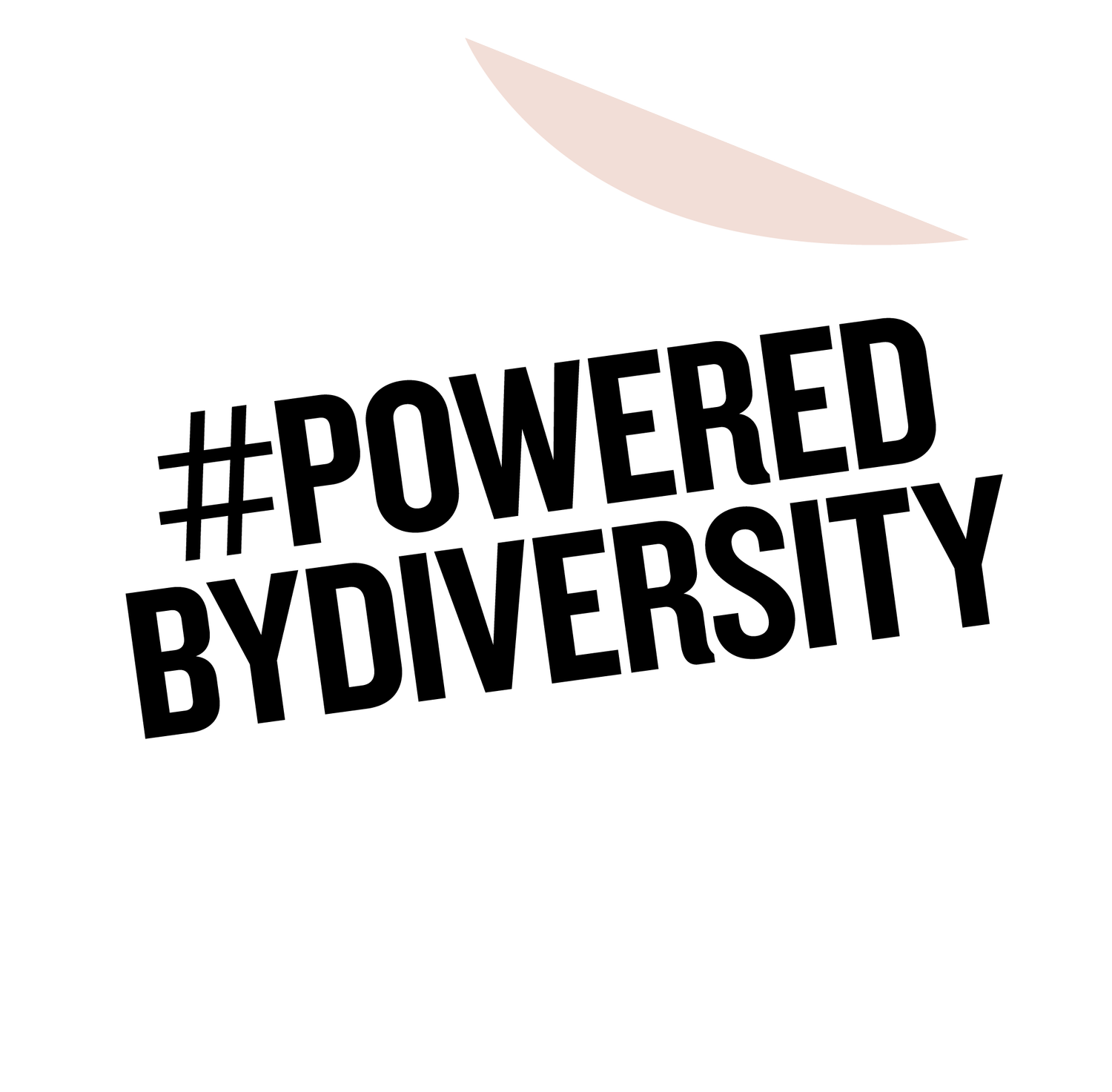If you can see it, you can be it? Advertising in Economies of Visibility
What is the quickest and easiest way to give the external, consumer-facing impression that a company is diverse and inclusive? Casting diversely in adverts. Yet the nimbleness of advertising’s sudden turnaround leaves two insidious thoughts remaining. The first – why has it taken them this long? It is clear that there is an abundance of Black, queer, (dis)abled talent out there, and yet we haven’t seen them or their stories on our screens until now. With first-hand knowledge of casting in the film industry, it is of genuine concern seeing so many actors of colour who had previously dry books, who got turned away time and time again because they weren’t the ‘right fit’, suddenly be called up to work in one of the most transparent virtue-signalling exercises of our time. Some might ask, “But what if the company really are genuine in their solidarity and desire for progression?” or “But isn’t visual representation is the first step?”. That brings me to my next point.
WHO IS TO BE HELD ACCOUNTABLE WHEN THIS MESSAGE JUST ISN’T TRUE? IN THE UK, THIS ADVERT WOULD HAVE HAD TO BE FILMED AT BALLET BLACK, A BALLET SCHOOL SET UP SPECIFICALLY FOR BLACK DANCERS TO COMBAT THE DISCRIMINATION THEY FACE
The people cast in the adverts – those who we see on our screens – may look diverse, multi-ethnic, and representative. Yet stop the rolling, flip the camera, and suddenly you are met with a film crew of overwhelmingly white, male faces. Those producing and shooting the very advert that claims diversity and progression, those who are getting paid by the large corporations funding the project, belong to one of the most discriminatory employment sectors of the UK . In London, wherein 32% of the population is from a Black, Asian or Minority Ethnic background, an average of only 5.4% of that population is represented in the cultural and creative industries; including Film and TV production and advertising. This fails to even reflect minority ethnic group’s presence in the UK population as a whole, let alone champion its talent.
If you decide to look up the representation figures of the companies commissioning the advert like I did, you will find a very similar picture. At Nationwide, only 10.3% of staff and 4.7% of senior management are from a Black, Asian or Minority Ethnic background. If companies de-aggregated their data, the picture of solely Black representation would be even more dire. Only 22% of BT’s workforce across the country are women, let alone queer people of colour. At Amazon, despite 26.5% of their 400,000 workforce identifying as Black or African American, 85% of those employees work in the warehouses, and in its 25 years, they have only ever had two Black directors on their otherwise all white board. “Amazon’s response to the BLM movement?” says John Hopkins, a sortation associate working in the San Francisco Bay Area, “I think it’s all window dressing. They care about bad press, not black lives.”.
In almost every UK sector, Black and Black female staff are the most underrepresented, underpaid and overlooked employees. So until that changes, companies might think about re-investing the profits from their ‘progressive’ adverts into acquiring, hiring and promoting the underrepresented people within their own companies. Discrimination on the basis of race, gender, sexuality, class and ableism still reigns far and wide, and we would be smart not to let adverts, operating in economies of visibility, distract us from the real numbers, experiences and lived inequalities that still exist behind the scenes. Visual representation is fantastic, and is definitely a step forward – but only when it is done with the simultaneous unhinging and dismantling of purposefully closed doors.


